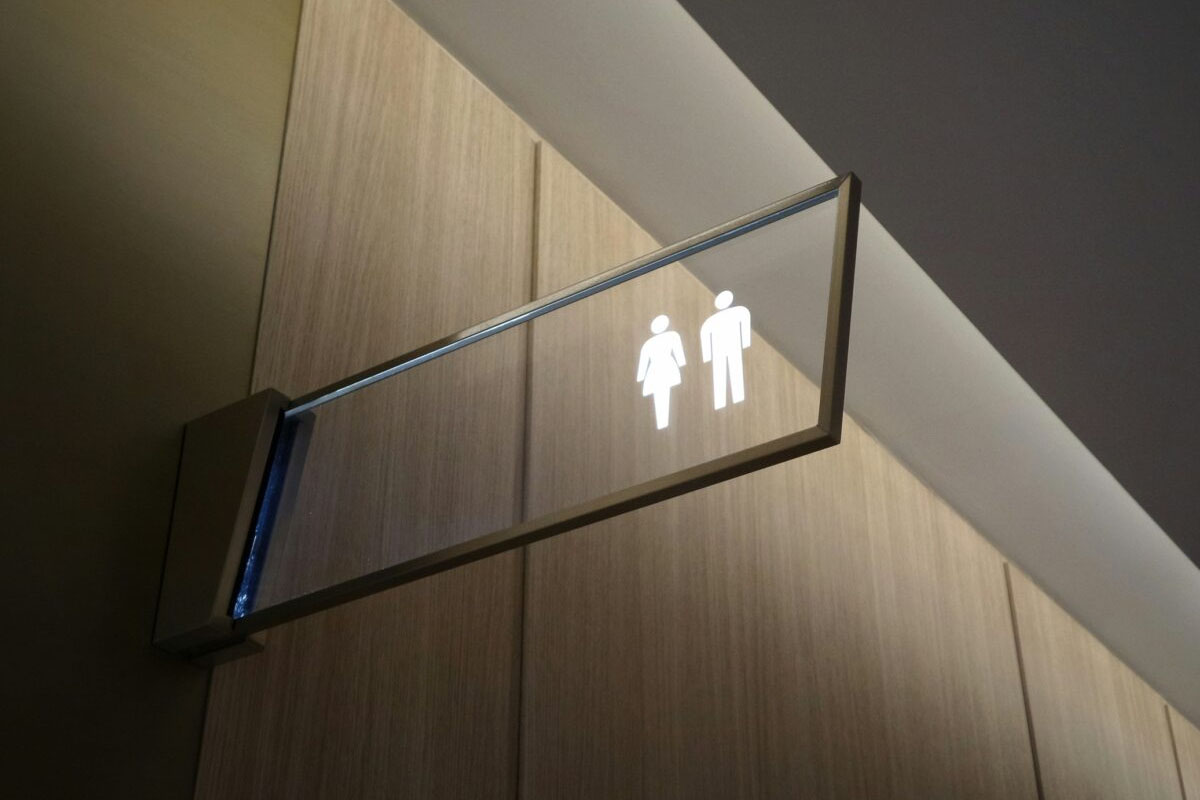Stress incontinence and urgency incontinence are two different types of urinary incontinence (UI) that result from distinct underlying mechanisms. Understanding these differences is crucial for accurate diagnosis and effective treatment.
Stress Incontinence
Stress urinary incontinence occurs when there is involuntary leakage of urine during activities that increase intra-abdominal pressure, like coughing, sneezing, laughing, exercising and lifting heavy objects.
This is generally caused by a weakness and / or lack of coordination in the pelvic floor muscles. When the intra-abdominal pressure increases, the pelvic floor muscles are not strong enough to prevent the urine from escaping, or the pelvic floor muscles may not contract at the right time (i.e. just before a sneeze or cough) to prevent the urine from escaping.
Causes:
-
- Childbirth – both c-section and vaginal delivery
- Aging – leads to reduced muscle tone
- Surgery – e.g. hysterectomy
- Overweight – due to the constant weight being on the pelvic floor muscles
- Chronic coughing
Symptoms:
-
- Small amounts of urine leakage when coughing, sneezing, laughing, or during exercise / physical exertion.
Urgency Incontinence
Urgency urinary incontinence, also known as overactive bladder with incontinence, occurs when there is a sudden and intense urge to urinate, often followed by involuntary loss of urine before reaching the bathroom.
Urgency urinary incontinence is primarily caused by overactive pelvic floor muscles. These muscles will be contracted more than they should be, causing you to feel like you have to pee before your bladder is full. Sometimes this urgency is too intense, so you leak pee before getting to the bathroom.
Causes:
-
- Bladder irritants – caffeine, alcohol, certain medications
- Neurological disorders – e.g. Parkinson’s disease, multiple sclerosis, or stroke
- Bladder infections – e.g. UTIs
- Aging – with associated changes in bladder muscle function
Symptoms:
-
- A sudden and uncontrollable need to urinate
- Large volumes of urine leakage, often without any warning
- Frequent urination, including nocturia (waking up at night to urinate)
Both stress and urgency incontinence can be effectively treated with appropriate Physiotherapy. This can be through individualised pelvic floor muscle training (strengthening exercises and / or relaxation or breathing exercises), bladder retraining and advice and education on lifestyle.
At Head2Toe Physio, we can expertly assess your pelvic floor function to determine the cause of your incontinence and guide you along the more effective treatment programme.
If you or anyone you know, would like to have a Women’s Health Physiotherapy assessment with Evie at Dorking or Leatherhead, book online here or contact us here.
Blog post guest written by Evie Spreadbury, Women’s Health Specialist Physiotherapist, member of Pelvic, Obstetric & Gynacological Physiotherapists (POGP), Dorking, & Leatherhead Clinics.

References:
- Haylen BT, de Ridder D, Freeman RM, et al. “An International Urogynecological Association (IUGA)/International Continence Society (ICS) joint report on the terminology for female pelvic floor dysfunction.” Neurourology and Urodynamics, 2010.
- Abrams P, Cardozo L, Wagg A, et al. “The International Consultation on Incontinence recommendations for the management of urinary incontinence.” Neurourology and Urodynamics, 2018.
- Fultz NH, Burgio KL, Diokno AC, et al. “Burden of stress urinary incontinence for community-dwelling women.” American Journal of Obstetrics & Gynecology, 2003.





